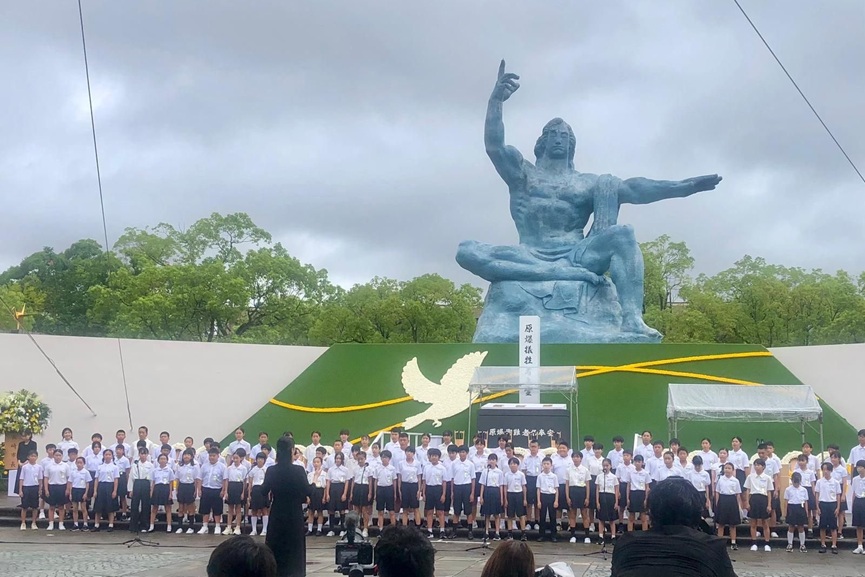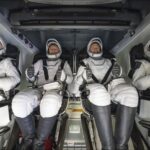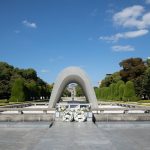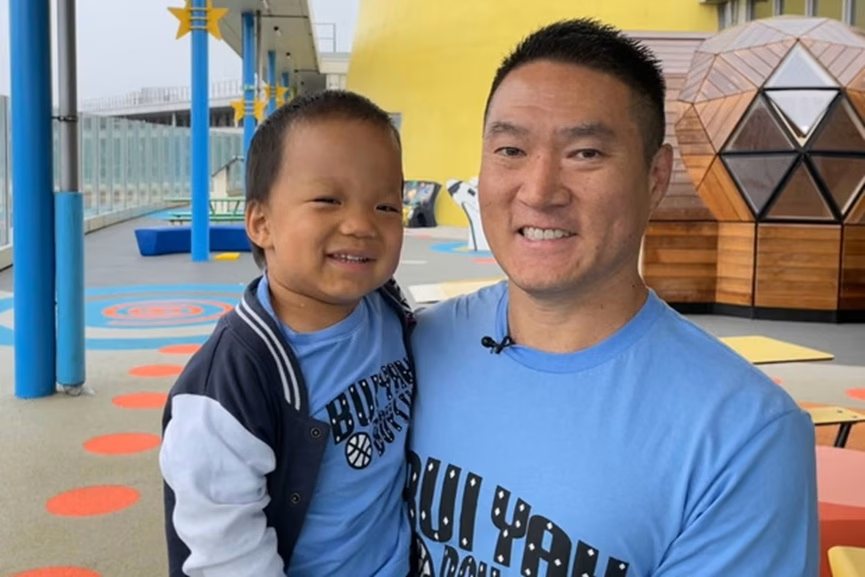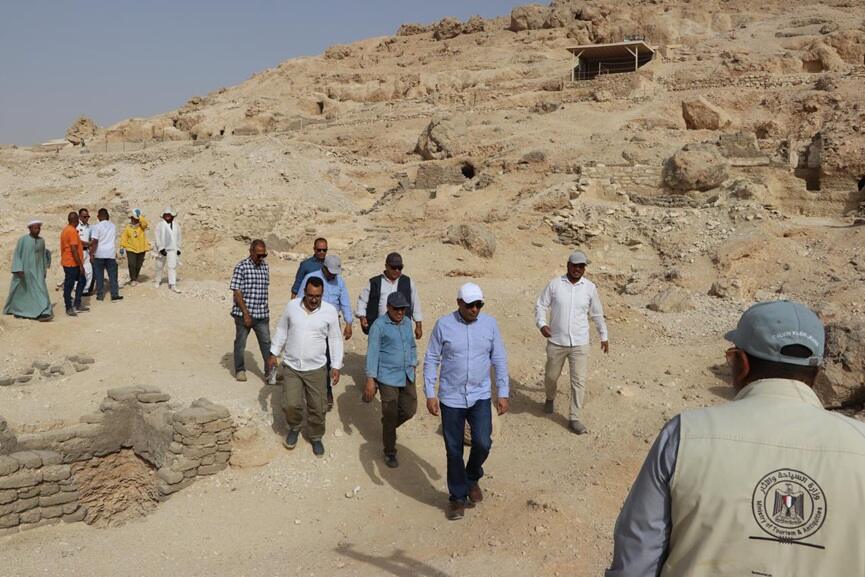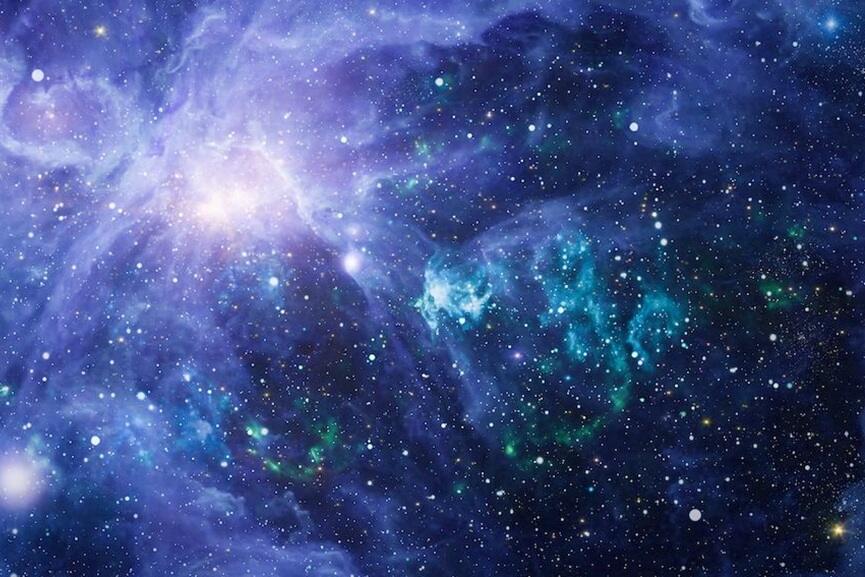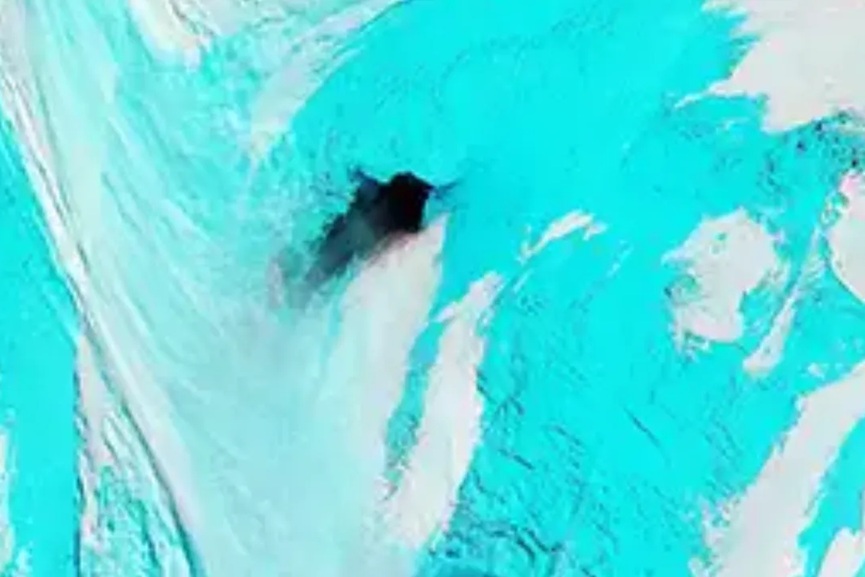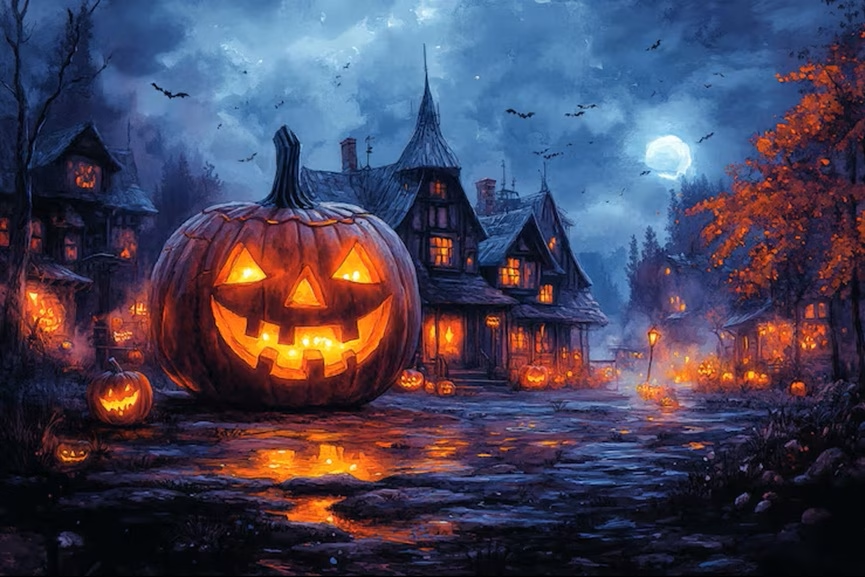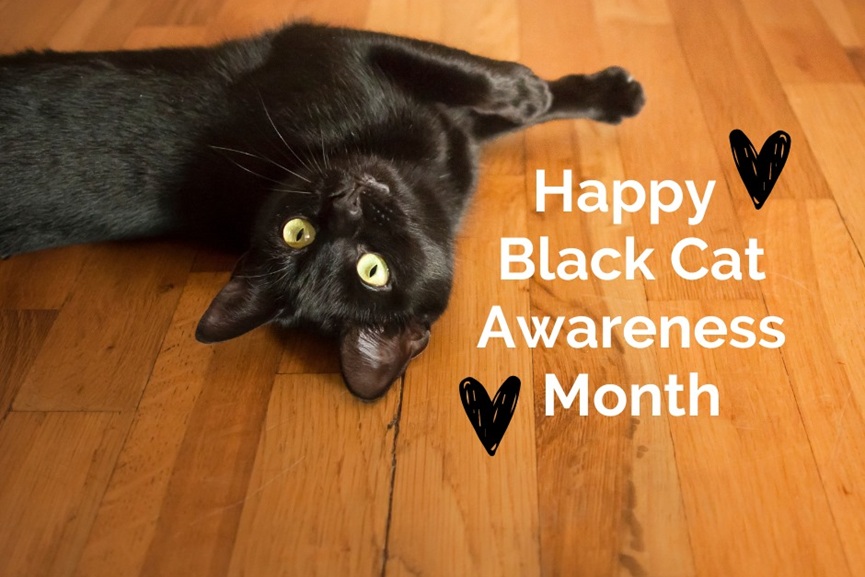Nagasaki: Twin bells tolled in unison at Nagasaki’s Immaculate Conception Cathedral on Saturday for the first time in eight decades, marking the moment the city was devastated by an American atomic bomb in 1945.
At precisely 11:02 a.m., the time the bomb detonated on August 9, 1945, the bells of the hilltop redbrick cathedral, also known as Urakami Cathedral, rang out to honor the tens of thousands killed in the blast. The attack came just three days after the nuclear bombing of Hiroshima.
The cathedral, once located just a few hundred meters from the hypocenter, was almost destroyed in the explosion. Only one of its two bells was recovered from the rubble, leaving the northern tower silent for generations.
1/ 80 years ago at 11.02 am on August 9, JST, the US dropped the atomic bomb on Nagasaki.
In a flash, thousands were dead or injured. By the end of 1945, 74,000 had died. And the consequences from the radiation have affected the survivors to this day. pic.twitter.com/oP9d5kNFi0— ICAN (@nuclearban) August 9, 2025
With $125,000 raised from American Catholic churchgoers, US sociology professor James Nolan, whose grandfather worked on the Manhattan Project, led a campaign that resulted in a new bell being crafted and installed earlier this year.
About 74,000 people were killed instantly or in the weeks after the bombing, adding to the 140,000 who perished in Hiroshima- survivors, known as hibakusha, endured long-term health effects, psychological trauma, and social stigma.
Hiroshi Nishioka, 93, who was just three kilometers from the blast, recounted the devastation to those gathered, “Even the lucky ones gradually began to bleed from their gums and lose their hair, and one after another they died. Even though the war was over, the atomic bomb brought invisible terror.”
“Remembering the catastrophic past must move us to protect and build a peaceful today and tomorrow.”
Marking 80 years since the atomic bombing of Nagasaki, @antonioguterres urges:
“Let us work urgently for a world free of nuclear weapons.” pic.twitter.com/sN2qqUEk9X
— United Nations (@UN) August 9, 2025
After morning rains cleared, Nagasaki Mayor Shiro Suzuki led a moment of silence and urged an end to ongoing global conflicts. “Eighty years have passed, and who could have imagined that the world would become like this? A crisis that could threaten the survival of humanity, such as a nuclear war, is looming over every one of us,” he said.
The chief priest of Urakami Cathedral, Kenichi Yamamura, called the restoration of the second bell “a sign of the greatness of humanity.” He said that, “It’s not about forgetting the wounds of the past but recognising them and taking action to repair and rebuild… We should not respond to violence with violence.”
Nearly 100 countries took part in this year’s commemorations, including Russia, which had been excluded since its 2022 invasion of Ukraine. Israel, whose ambassador was not invited last year over the war in Gaza, also attended.
Marking 80 years since the #Hiroshima bombing, UN pays tribute to hibakusha – survivors of Hiroshima and #Nagasaki.
“While their numbers grow smaller each year, their eternal message of peace will never leave us,” says @INakamitsu, head of @UN_Disarmamenthttps://t.co/8pNxhWRfFW pic.twitter.com/1jeqyRe2VC— UN News (@UN_News_Centre) August 6, 2025
Nolan, who toured US churches to raise funds for the bell, said the project was inspired by a Japanese Christian who told him he wished to hear the twin bells ring in his lifetime. “When it was unveiled in the spring, the reactions were magnificent. There were people literally in tears,” Nolan said.
As the chimes echoed across Nagasaki for the first time since before the war, they carried both a message of remembrance for the victims and a renewed appeal for peace in an era of renewed nuclear tensions.



